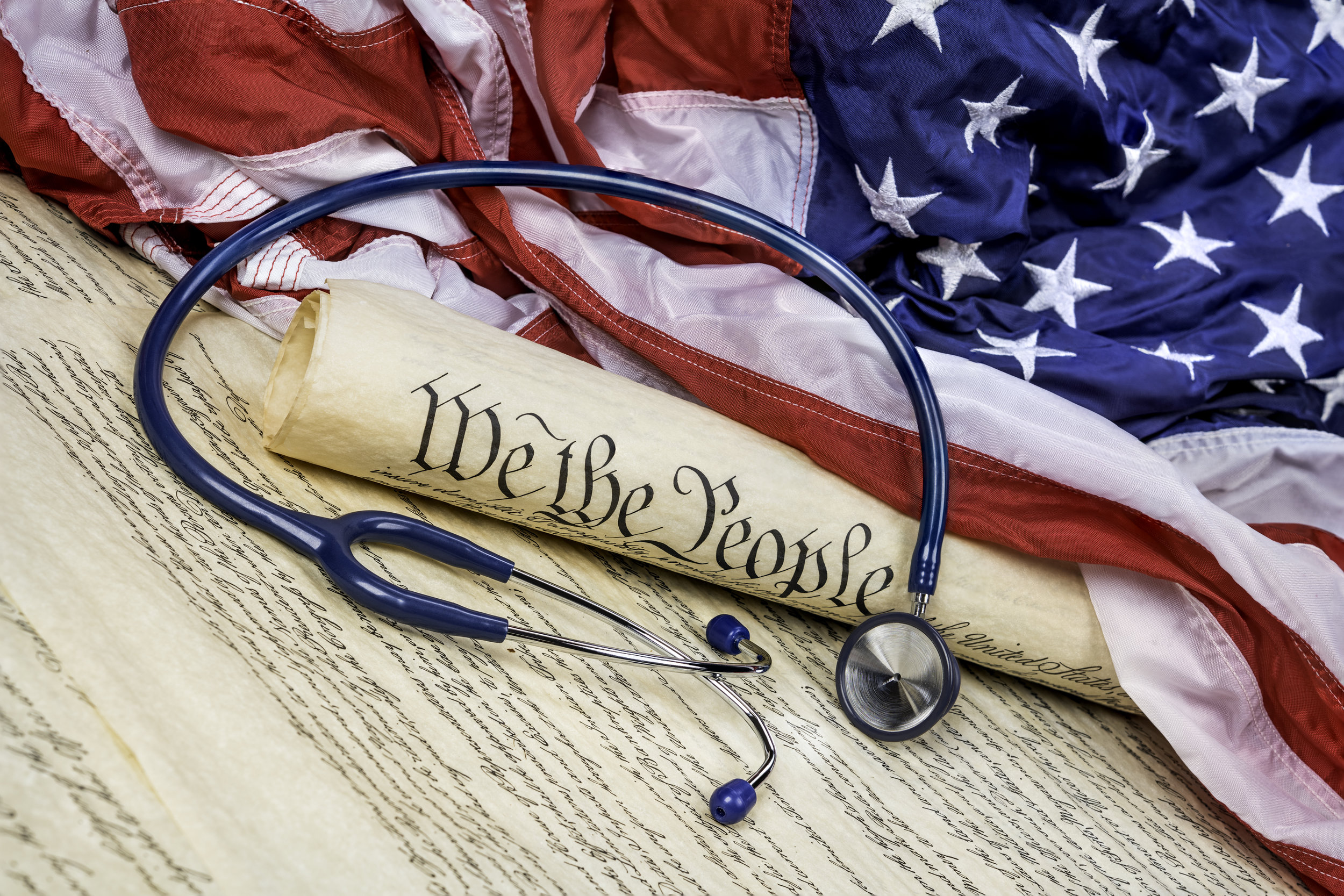Let’s talk about the caregivers. Not all chronic and autoimmune conditions require a caregiver, but a lot do, especially at the beginning. No matter what the diagnosis, it is a big, traumatic adjustment, and it’s always better with someone to lean on during the days when you just don’t want to deal.
My entire family served as caregivers when I was little. I couldn’t walk because of the effects of b strep meningitis. They had to get me stuff, feed me because one of my arms didn’t work, and take me where all six-year-olds need to go – to school, outside, to the doctor. Even my 2-year-old-brother gave to the effort in that he was (unintentionally) marginalized when he should have been the center of attention.
When I was a teenager, I didn’t want help. I pushed everyone away until I couldn’t anymore. That didn’t mean my family wasn’t caregiving.
Sadly, I had the chance to give back a decade later when my mom was diagnosed with pancreatic cancer, which, thus far, is always a death sentence. I was lucky – I was between college and beginning a career, so I was able to focus on her completely. Both she and my dad told me to get a job, but if they’d really meant it, they would have pushed harder. For 11 months, I didn’t do much but spend time with her, take her to doctors’ appointments, and care for her as she deteriorated. It never occurred to me to bring in outside help, even as she got to the point where she struggled to bathe herself and use the restroom on her own.
I couldn’t let anyone else see her like that. I think we both felt that she had done for me, so it was ok, but anyone else would have dented her dignity too much. If she hadn’t been caretaker for my diseases, I’m not sure she would have let me. I think a lot of caretakers think they owe it to their loved ones to take care of them, and expense notwithstanding, would feel guilty if they didn’t do it themselves. I felt guilty for leaving the hospice for a couple of hours on my birthday.
Eleven months is not a long tenure for a caretaker. It didn’t tax my time since I didn’t have a job. But watching someone I loved so much dying was unbearably stressful and emotionally taxing. Don’t get me wrong. I don’t regret a minute of it, even the two weeks I spent on a cot in hospice with her (over my 24th birthday) and telling the truth when she asked if she was dying. (That is probably the hardest thing I have ever done, and I got yelled at for it, but how could I have done anything else?)
By the time we buried her, I could barely move. I called one of my closest friends and ran away to Texas. I didn’t need much attention from her. I just needed to be away. Two weeks passed quickly, and I wasn’t ready to go back, so I doubled my stay. Even after that, I was still tired enough to fall asleep at a Smashing Pumpkins concert.
When you care for a loved one, you don’t just go through the motions. You put everything you are into it, sometimes more than you can afford to. If I felt completely worn out after less than a year, I can’t imagine what happens to those who are long-term caregivers. Depression, anger, and guilt are all common. But there is support now. Caregivers shouldn’t feel bad about taking time for themselves, to regroup and recharge. If you do, keep in mind that everyone, including your loved one, will benefit when you feel better. You won’t be able to take care of anyone if you don’t take care of yourself.











